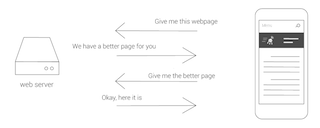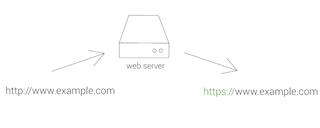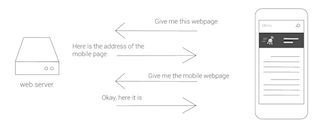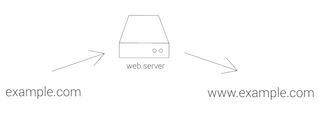The Ultimate Gift for Mom: Financial Freedom via Inbound Marketing
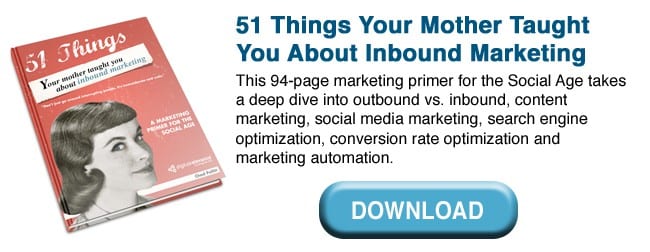
Well, it's Mother's Day (okay, May 8, 2016) and time to honour the Old Girl, who gave birth to you and plays or played a pivotal role in your success or failure throughout life, just ask her. Oh yes, your FATHER; likewise, deserves the same honour and respect on June 16th 2016, despite less media and corporate advertising on TV and Online. Anyway, time to get down to business and demonstrate the ultimate act of L-O-V-E for one's parent. Learn how to achieve and then, teach mum the fundamentals of financial freedom through Inbound Marketing.
In fact, duplicate the process with other family members so it becomes a generational practice. More importantly, you create the Ultimate Gift for Mom, that keeps on giving and giving. It’s only fitting because she was your first teacher of Inbound Marketing. Mum was an expert in Inbound Marketing? Yes, she was because her task was about developing and training the “inner you” to become the best man/woman you could become, believe it or not. Additionally, she was your first teacher of Inbound Marketing because she did the following things in preparation of your arrival: researched, developed data, consulted with experts (grand mum), created strategies specific to the individual (yourself) and executed strategies to achieve a resolution to daily problems. Should sound very familiar from both a marketing and mother perspective. Both give birth to their babies and responsible for their developmental growth which later impacts society.
By now the symbiotic relationship between mum and Inbound Marketing should be clear, I hope. Now, let’s jump ahead in time and show the interconnectivity between technology, inbound marketing, mothers and their kids (Millennials). So, with the massive acceleration in technological devices (computers, smartphones, IPads, Kindle, Mac Books, etc.,) and impact on social media, significant changes in societal behavioral conduct have occurred and businesses are scrambling to make appropriate adjustments to meet the needs of their consumer base. Unfortunately, many businesses still engage in an old strategy called Outbound Marketing where companies (buy leads, pay for TV commercials, flyers, door-to-door salesman, etc.,) initiate contact by sending their messages to their desired target market. Nothing wrong with traditional marketing (outbound marketing) if, the strategy generates new and consistent customers; however, consumer behavior has changed and attracting them requires a more individualized approach that earns their attention. It’s the intimate touch that’s so critical in today’s market (yeah, just like mum).
Generally, Millennials (Generation Y or Net generation) are the target population most desired by most major corporations because they are some-what “fresh meat” with great potential purchasing power; however, they are also, very entitled and opinionated in their beliefs which have impacted corporate culture, media and certain parts of society when dealing with various social issues (equal pay, abortion, war, etc.,). Being in a westernized capitalist society when money is involved or potential to generate massive revenue then, positions quickly change at least publicly because business is business. So, mum’s little millennials are impacting the society and possibly the World be it good or bad. So, she should be rewarded for her dedication.
Now, the research suggests that rearing a child from birth into adulthood (18-years old) costs approximately $250,000 dollars and the cost continues to increase yearly. Yes, you are worth it but, what about Dear Old Mom? She and the Old Man could use that money for their retirement.
How about offering Mom the ultimate? Mother's Day gift and I don't mean a card with chocolates and roses. No, give her the means to retrieve the investment cost of rearing YOU and your siblings. Give Mom and Father (don't forget him) access to the essential Tools, Training, Traffic and Resources needed to generate, Consistent, Predictable and Long-term Residual Income in the Information/Computer and Social Media global economy. Start on May 12th 2016 or sooner.
Oh yes, since Father's Day is shortly after Mother's Day give the Old Man an early bird special. Since he already “Tied The Noose” it's best he has a backup plan in the event of divorce, which is likely in today's reality.
“Behind every great man is a man greater, his father.”
â Habeeb Akande
Vaurn James
The info shared here has not been evaluated by the FDA and is not intended to diagnose, cure or treat any illness or disease.



